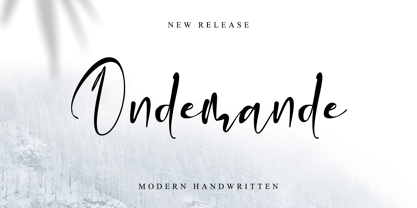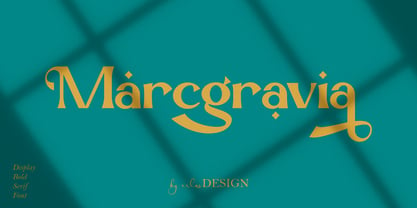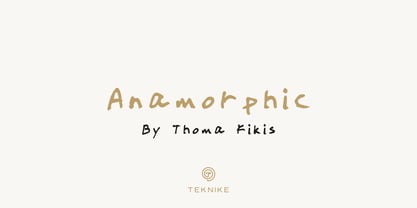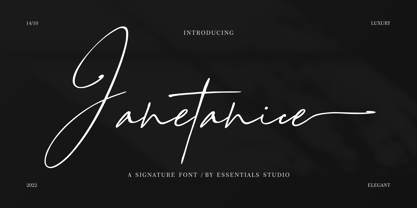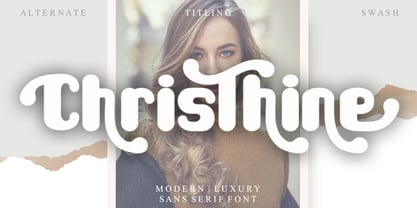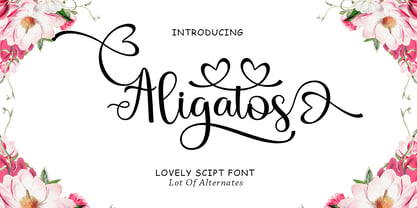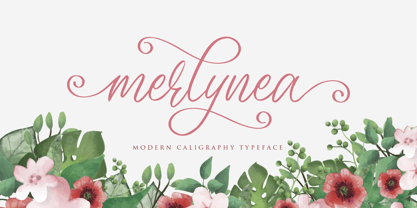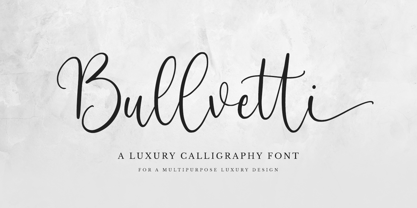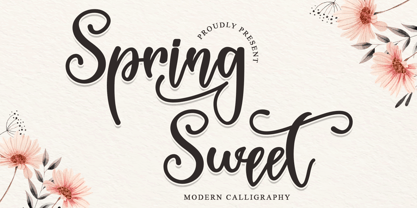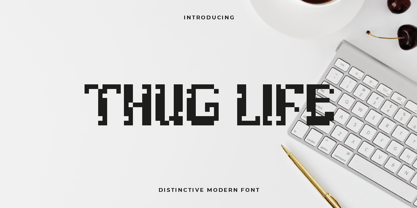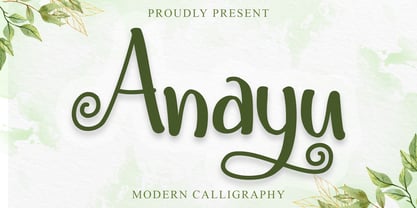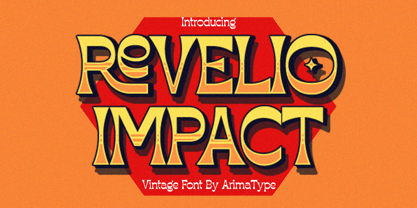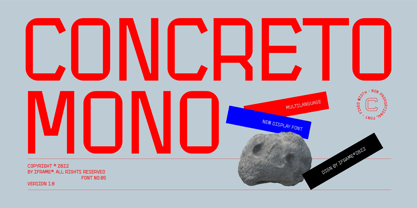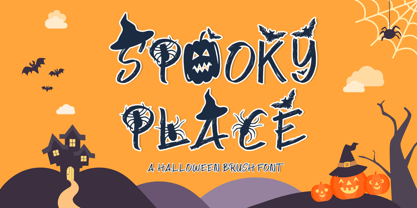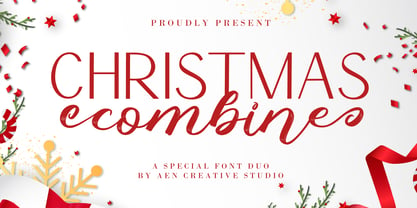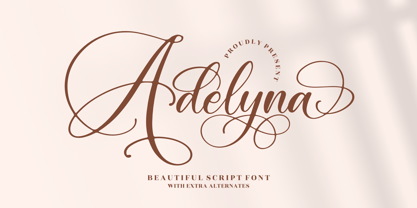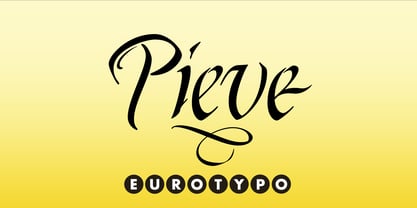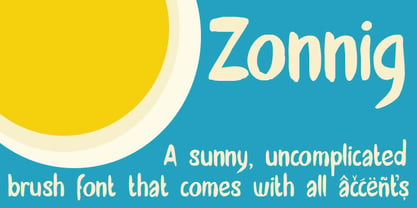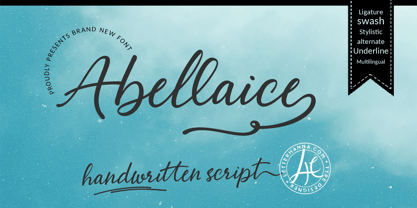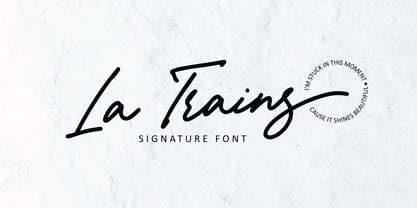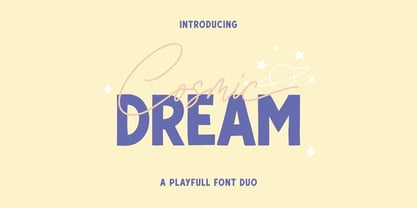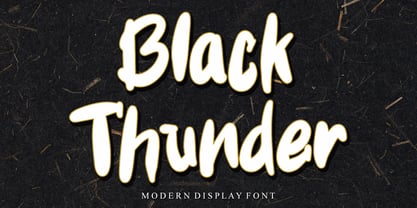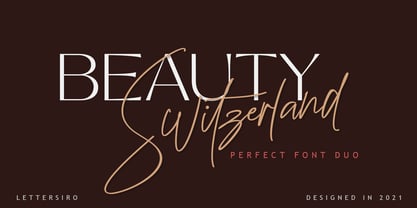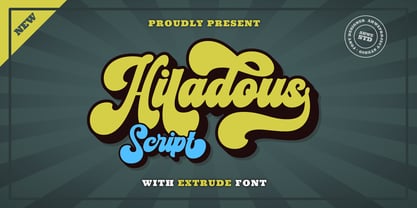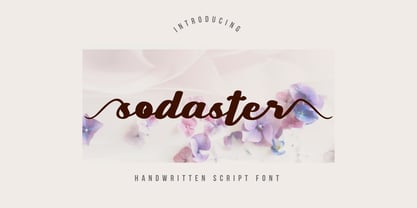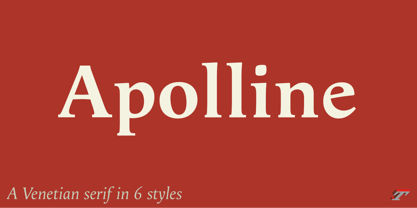5,430 search results
(0.027 seconds)
- Ondemande by Stefani Letter,
$14.00 - Auliya Rahmah by Nandatype Studio,
$12.00 - Marcgravia by ErlosDesign,
$24.00 - Anamorphic by TEKNIKE,
$39.00 - Qalisha Signature Script by Letterena Studios,
$10.00 - Halloween Park by AEN Creative Studio,
$15.00 - SK Kalender by Salih Kizilkaya,
$9.99 - Janetanice by Essentials Studio,
$16.00 - Jack Lady Script by Bosstypestudio,
$14.00 - Christhine by Letterafandi Studio,
$14.00 - Aligatos by TM Type,
$12.00 - Merlynea by Nissa Nana,
$23.00 - Bullvetti by Nissa Nana,
$25.00 - Good Father by Andrey Font Design,
$9.00 - Camellina by Ajibatype,
$12.00 - Spring Sweet by Sakha Design,
$14.00 - Hardlike by Create Big Supply,
$15.00Hardlike font clean and stamp effect. This font is PUA encoded which means you can access all the glyphs and sweeps easily Features: All Uppercase Numbers and punctuation Multilingual PUA Encoding Full Character Set !"#$%&()*+,-./0123456789:;?@ABCDEFGHIJKLMNOPQRSTUVWXYZ[\]^_abcdefghijklmnopqrstuvwxyz{|}~ ¡¢£¤¥§©ª«®°±²³·¹º»¿ÀÁÂÃÄÅÆÇÈÉÊËÌÍÎÏÑÒÓÔÕÖ×ØÙÚÛÜÝÞßàáâãäåæçèéêëìíîïñòóôõö÷øùúûüýþÿıŒœŠšŸŽž–—‘’‚“”„†•‹›€− - Thug Life by Aldedesign,
$39.00 - Anayu by Rashatype,
$11.00 - Revelio by ArimaType,
$14.00 - Concreto Mono by iframe,
$16.00Concreto Mono is a monospaced san serif, built in regular style. The word concrete comes from the Latin word "concretus" meaning compact. Concreto Mono is released in OpenType format with support for most languages. Features: _ Multilanguage Support _ Letters Uppercase + Lowercase _ Glyphs _ Numbers design by iframe - Sunny Brush by AEN Creative Studio,
$14.00 - Spooky Place by AEN Creative Studio,
$15.00 - Christmas Combine Script by AEN Creative Studio,
$15.00 - Adelyna by Letterena Studios,
$9.00 - Pieve by Eurotypo,
$39.00Pieve (means community): The idea was to create a gestual and fresh typeface, almost rustic and sometimes elegant, a Latin typography popular and irreverent. This font comes with stylistic variations that highlight their regular handwriting. The result is a modern writing readable and well balanced. - Zonnig by Hanoded,
$15.00 - Abellaice by Letterhanna Studio,
$13.00 - La Trains by Fromletterel,
$12.00 - Culington by Nurf Designs,
$16.00 - Cosmic Dream Sans by Carpiola Studio,
$10.00 - Black Thunder by Letterafandi Studio,
$14.00 - Christmas Night by Sakha Design,
$14.00 - Beauty Switzerland Duo by Lettersiro,
$18.00 - Hiladous by ahweproject,
$10.00 - Sodaster by WNGSTD,
$15.00 - GF Halda Normal - Unknown license
- GF Halda Smashed - Unknown license
- GF Hubert Caps - Unknown license
- Apolline Std by Typofonderie,
$59.00A Venetian serif in 6 styles The Apolline typeface family was created by Jean François Porchez as a means to study the transition from Renaissance writing into the first printing types. Rather than sticking to the method commonly used these days for the creation of revivals of Jenson or Bembo types, it seemed more interesting to try and get in the same mindset as those exceptional designers during this pivotal period in the history of typography. Thus Apolline is an exploration of the design methods used by people like Nicolas Jenson and his contemporaries for adapting handwriting with its multiple occurrences (a, a, a, b, b, b…) into single, unique signs (a, b…). Initially Jean François made drawings modelled after his own calligraphy. They were done at a very small size on tracing paper (2 cm high for the capitals) to preserve the irregularity of human handwriting. Besides emphasising the horizontal parts of the letter forms, the serifs were designed asymmetrically to reinforce the rhythm of the writing. The final drawings were produced at a large size (10 cm high for the capitals) to allow for subtle optimisation of specific details. The very narrow and fluid Apolline italic Influenced by various concepts for an ideal italic by Van Krimpen, Gill, etc. Apolline italic was designed at 8° degrees. Although the structure of the letterforms were informed by chancery scripts, the italic has full serifs like the roman. Very narrow and fluid, its unique design creates a good contrast when used in combination with its upright counterparts. Thanks to the presence of the serifs similar to roman typefaces it sets very neatly in large sizes. The next step was digitising the drawings with Ikarus (the pre-Bézier-curves era) to create the final roman and italic fonts. Two years later, when the family was expanded to six series the same method was used, this time with Fontographer. This was necessary for correcting a few problems caused by the conversion to Bézier outlines, and to add intermediate weights. Before the advent of feature-rich OpenType, quality type families consisted of several separate fonts for each weight to provide users with various sets of numerals, an extended ligature set and alternates, ornaments, and so on. Introducing Apolline Morisawa Awards 1993
